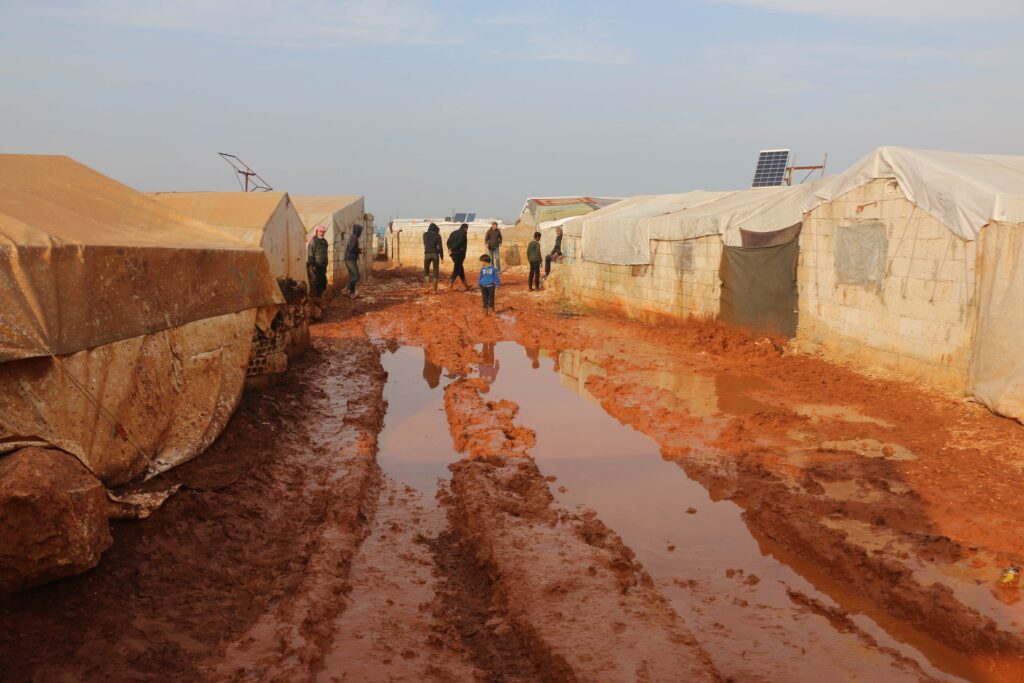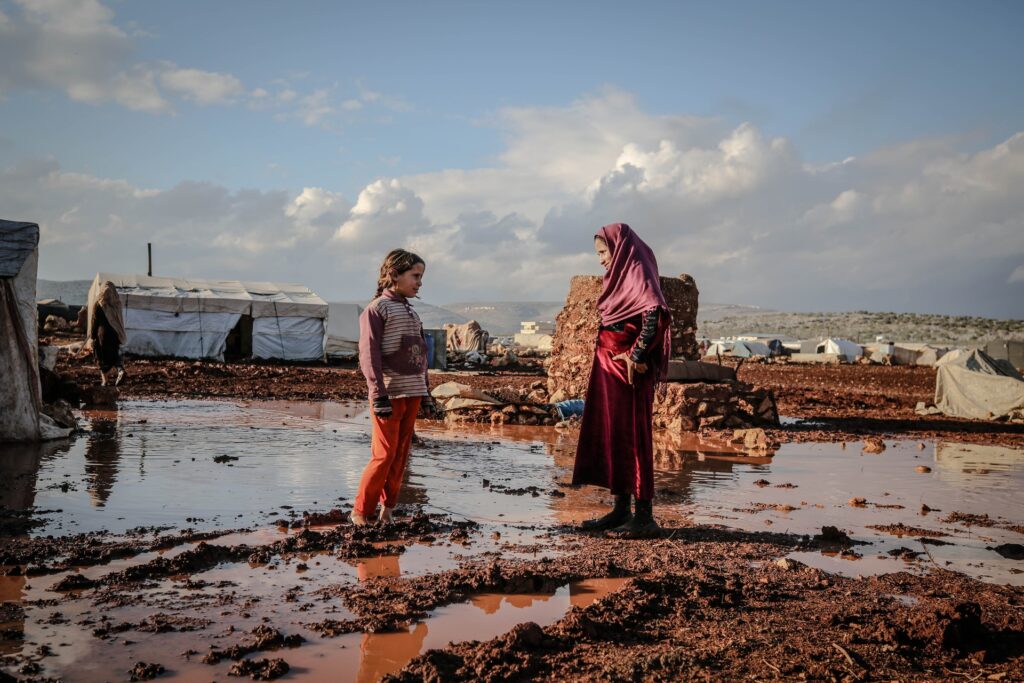What is Hunger?
As per the UN’s Hunger Report, famine is a phrase used to describe periods when people are facing acute food insecurity, which means they go for days without eating owing to a lack of money, food, or other means.
Hunger is the discomfort caused by a lack of nourishment. Food deprivation, or malnourishment, is defined as consuming less than 1,800 calories daily.
The term world hunger derives from the food insecurity affecting a broad number of people around the world.
What are the causes of Hunger?
Hunger is closely linked to poverty, and it is influenced by a variety of sociological, political, demographic, and cultural issues. People in poverty commonly confront household food insecurity, engage in improper patient care, and live in dangerous conditions with limited access to safe drinking water, and hygiene, as well as insufficient access to health care and schooling which add to hunger.
Conflict is also a crucial generator of acute food crises, including famine, as the UN Security Council acknowledged in May 2018. When hostilities last for a long time and institutions are weak, hunger and malnutrition become considerably worse. Conflicts are on the rise, with some being exacerbated by climate-related shocks. People and organizations fighting hunger must employ conflict-sensitive strategies.

Weather-related events, which are partly linked to climate change, have influenced food supply in many nations, contributing to an increase in food insecurity. Food availability has been influenced by economic downturns in nations that rely on fossil fuels as well as other primary-commodity export profits, as well as people’s capacity to get food.
Understanding World Hunger
Hunger levels are still disturbingly high all over the world. According to the conclusions of the GRFC (Global Report on Food Crises) 2022, they eclipsed all previous records in 2021, with nearly 193 million people suffering from acute food insecurity and in need of immediate help across 53 countries/territories. In comparison to the previous peak of 2020, this indicates an increase of over 40 million people (reported in the GRFC 2021). Given that this rise could be ascribed to both a deteriorating acute food insecurity condition and a significant (22 percent) increase in the population between 2020 and 2021, it must be viewed with caution.
Even when the fraction of society in crisis (IPC/CH Phase 3 or higher) or comparable is included, the percentage of the population in such stages has grown since 2020. When the findings of the six editions of the GRFC are considered, the number of people in need has increased by 80% since 2016 when about 108 million people in 48 countries were severely food insecure and in need of instant support.
Recap of 2021
Between 2016 and 2021, the number of persons in crisis or worse quadrupled, rising from 94 million to nearly 180 million.
This increase over the six years of the GRFC represents increased availability of severe food insecurity statistics, wider geographical exposure, updated population statistics, and worsening food security contextual factors in a number of countries, both in absolute terms and the proportion of the evaluated population in these top three severe food insecurity phases.
Causes of Food Insecurity
In comparison to 2021, the outlook for worldwide acute food insecurity is predicted to worsen in 2022. The GRFC is involved in food emergencies where local response capacities are insufficient, necessitating a plea for immediate international mobilization. The Integrated Food Security Phase Classification (IPC and Cadre Harmonisé) or analogous sources, gives estimates for people in countries/territories where data is available.

In 36 nations, about 40 million individuals faced critical or worse (IPC/CH Phase 4 or higher) symptoms in 2021. Over half a million people in four nations, Ethiopia, South Sudan, southern Madagascar, and Yemen, are facing catastrophe — famine and death. The figure is four times greater than that of 2020 and seven times greater than that of 2016. Conflict/insecurity was the predominant cause of acute food insecurity in seven of these cases.
While various, interconnected, and sometimes mutually reinforcing variables continue to drive the food crises highlighted in the GRFC, conflict/insecurity remains the primary driver. In 2021, 139 million people lived in 24 countries/territories where war was the principal driver of crisis (IPC/CH Phase 3 or above) or comparable. This is up from 99 million people in 23 conflict-affected countries facing catastrophe or worse in 2020.
Droughts, rainfall shortages, floods, and cyclones have been particularly damaging in important crises in East, Central, and Southern Africa, as well as Eurasia. Since 2020, when this was identified as the major driver affecting 15.7 million people in 15 countries, the effect of weather-related catastrophes on food insecurity has increased.
Malnutrition Around the World
Malnutrition persisted at dangerous levels in nations hit by food crises, owing to a complex interaction of variables such as poor food quality due to acute food shortages and poor child-feeding habits.
- In 2021, about 26 kids under the age of five were starving and in need of immediate care in 23 of the 35 severe food crises.
- 17.5 million children were lost in the ten food-crisis nations with the maximum number of people in emergency or even worse (IPC/CH Phase 3 or worse).
Approximately 179 million and 181 million people are expected to be in crisis or worse (IPC/CH Phase 3 or higher) or comparable in 41 of the 53 countries/territories considered in this research, including Cabo Verde. Conflict is expected to wreak havoc in northern Nigeria, Yemen, Burkina Faso, and Niger, while a prolonged drought in Somalia might force 81.000 people into famine. In the foreseeable future, a predicted 2.5–4.99 million people in Ukraine would require humanitarian help.
World Hunger Statistics in 2-minutes
Over 800 million people live every day with hunger as their constant companion, meaning approximately one out of every nine people on this earth do not have enough food to lead a healthy, active life.
In developing countries where the vast majority of the world’s hungry people live, as much as 12.9 percent of the population is going hungry and is considered severely undernourished. Asia is the continent with the most hungry people, accounting for two-thirds of the total number, while the developing area of Sub-Saharan Africa is the region with the highest prevalence (percentage of population) in hunger. Currently, one out of every four people in Sub-Saharan Africa is undernourished.

Hunger’s Impact on Children
Hunger leaves children in these developing areas at high risk. Out of the estimated 820 million people suffering from hunger, 66 million are primary-school-age children who attend classes hungry. A staggering 23 million of those children are living in Africa alone.
Hunger contributes to poor health among children, resulting in malnourished and frequently hospitalized populations of youth. Poor nutrition causes nearly half (45%) of deaths in children under five, or 3.1 million children each year. One out of six children in developing countries are underweight (roughly 100 million), and one out of four children is considered to have stunted growth. In developing countries, the stunted growth proportion can rise to one in three children.

Food for Life Global addresses world hunger with a liberal distribution of pure-plant-based meals prepared with love. Partnering with local communities and environmentally conscious brands, we are currently operating in some of the world’s most vulnerable populations. Present in more than 60 countries, Food for Life Global serves over 2 million meals a day using plant-based solutions to strengthen global food relief efforts and eradicate extreme poverty and hunger. So far, we’ve served over 7 billion meals in our mission to end world hunger.
Help Us in Our Fight to Achieve Food Security for All
Food has the natural capacity to break down boundaries and bring more people together, while also mending the body, mind, and spirit. As a result, Food for Life Global partners provides only the finest of foods, free of animal cruelty and cooked and served with compassion. Furthermore, because the ultimate solution to the issue of hunger is poverty eradication, Food for Life Global offers immediate food distribution channels. FFLG also addresses a variety of related issues through its affiliate programs, including education, environmental safety, sustainable development, the welfare of animals, and health care.
Together, we can help end poverty.
Donate Now

Food For Life Global’s primary mission is to bring about peace and prosperity in the world through the liberal distribution of pure plant-based meals prepared with loving intention.
